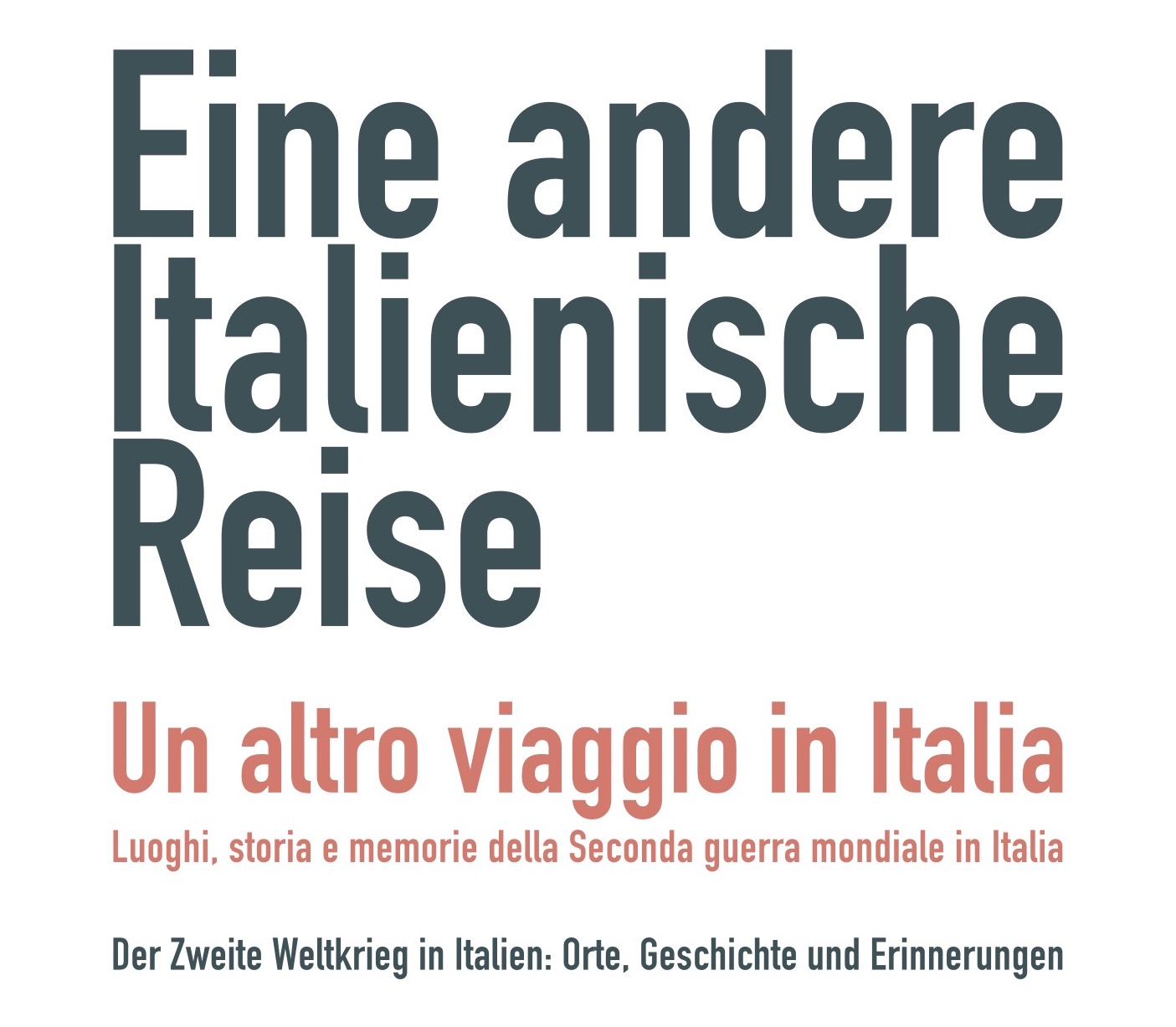Credits: gentile concessione dell’ecomuseo
Where are we?
We are at the Egea ecomuseum
This ecomuseum features testimonies on the memory of the Julian-Dalmatian exodus in order to retrace the history of Fertilia, a colonisation village created by the regime in 1936.
The Ecomuseum Egea was named after Egea Haffner Tomazzoni, the ‘little girl with the suitcase’, who is featured in the museum tour. Born in Pola, Egea and her family witnessed the imprisonment and exodus experienced by almost all inhabitants of the Istrian city as a result of Tito’s persecution.
In the former workshops of Villaggio Calich, one of the locations in this Museum spread over several areas, the historical events that characterised the birth of an inclusive and heterogeneous community in Fertilia are described. The village represents the first nucleus built in 1926-27 by the Fascist regime as a base for the reclamation of the Calich lagoon. From there, Fertilia was founded in March 1936. It was intended to be home to sections of the increasing population of the Province of Ferrara with the aim of decreasing social tensions. Following the arrival of the first emigrants from Ferrara, the outbreak of the Second World War effectively paralysed resettlement, to such an extent that most of the buildings remained unused. After the war, exiles from Istria and Dalmatia populated the hamlet.
The Ecomuseum, managed by the Egea Association, seeks to share the history of a land made fertile through human labour and to remember those who were forced to leave their home. Through archival research, it has drawn up a census of the exodus including names, locations, photographs, documents, memories and publications.
Facility or museum: yes
Geographic location: Alghero, Sardinia



